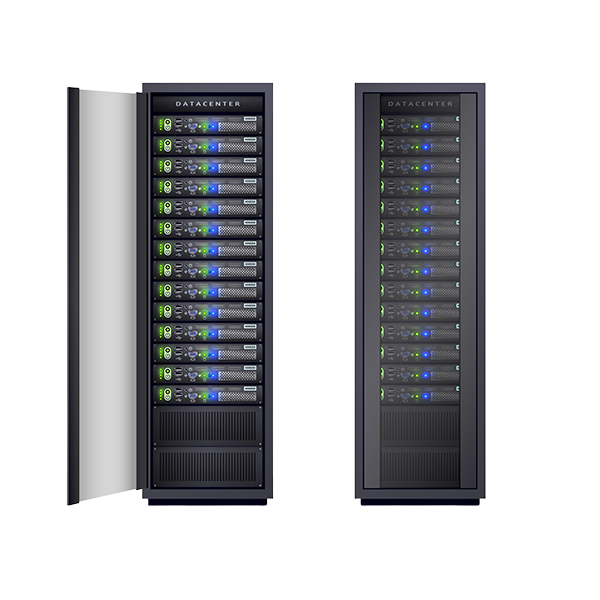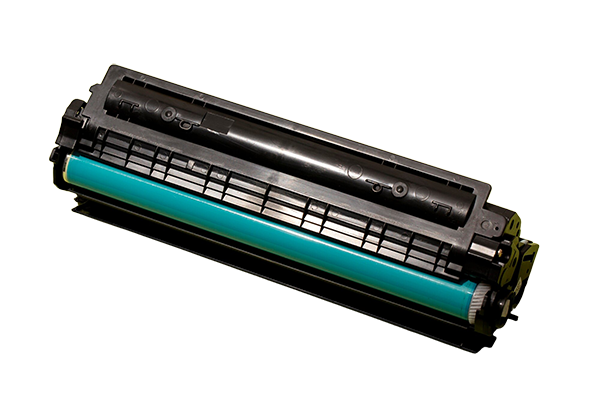
All-in-One Printers: The Smart Choice for Modern Workflow
December 19, 2024How to Choose the Perfect Laptop: A Complete Buying Guide

Top view of modern laptop isolated on white background.
With so many laptops on the market—ranging from ultra-slim ultrabooks to powerful gaming rigs—choosing the perfect one can feel overwhelming. But don’t worry. Whether you’re a student, professional, gamer, or casual user, the ideal laptop is out there—you just need to know what to look for.
This guide will walk you through the key factors to consider, so you can confidently pick a laptop that fits your lifestyle and budget.
1. Define Your Purpose First
Before looking at specs or brands, ask yourself: What will you use the laptop for?
Here’s a quick breakdown:
- Everyday Use: Browsing, emails, movies, light productivity
- Student Use: Research, assignments, video calls, presentations
- Professional Work: Office apps, multitasking, occasional media editing
- Creative Work: Graphic design, video editing, 3D modeling
- Gaming: Demanding games, high FPS, graphics-intensive tasks
Your use case will determine what specs are most important—so don’t skip this step!
2. Choose the Right Processor (CPU)
The CPU is the brain of your laptop. It affects speed, multitasking, and how smoothly programs run.
- Intel Core i3 / AMD Ryzen 3 – Basic tasks (budget-friendly)
- Intel Core i5 / AMD Ryzen 5 – Great all-rounders
- Intel Core i7 / i9 / AMD Ryzen 7 / 9 – Best for heavy multitasking, gaming, creative work
- Apple M1/M2/M3 Chips – Excellent performance and battery for macOS users
👉 Tip: Don’t overpay for power you won’t use. Match the CPU to your needs.
3. Consider RAM: More Is Better
RAM (Random Access Memory) affects your laptop’s multitasking ability.
- 4GB: Bare minimum; only for light use
- 8GB: Ideal for everyday tasks and students
- 16GB: Great for professionals, gamers, and creatives
- 32GB+: Best for video editors, designers, and developers
👉 Tip: Choose a laptop with upgradeable RAM if possible.
4. Storage: SSD > HDD (Every Time)
When it comes to storage, speed is just as important as space.
- SSD (Solid State Drive): Faster boot times, quicker file access
- HDD (Hard Disk Drive): More space, but much slower
Recommended setup:
- 256GB SSD or higher for everyday users
- Combine SSD + HDD for best of both worlds if you’re dealing with large files
5. Size & Portability: Pick the Right Fit
Laptops typically come in these screen sizes:
- 11”–13”: Ultra-portable, light, great for travel and students
- 14”–15.6”: Balanced for portability and usability
- 16”–17”: Large screen, ideal for gaming and media work (less portable)
Also consider weight and battery life if you’ll be on the go often.
6. Graphics Card: Do You Need One?
- Integrated Graphics (Intel Iris, AMD Radeon Vega): Good for general use and light gaming
- Dedicated GPU (NVIDIA RTX, AMD Radeon RX): Needed for gaming, video editing, 3D work
👉 Tip: Gamers and creatives should go for laptops with dedicated graphics.
7. Battery Life: Crucial for Mobile Users
If you’re often working remotely or traveling, battery life is a key factor.
- Look for 8+ hours for general use
- Ultrabooks and MacBooks often offer 10–18 hours
- Gaming laptops tend to have lower battery life due to powerful hardware
8. Display Quality: Don’t Ignore the Screen
- Resolution: Go for at least Full HD (1920×1080). Higher resolutions (2K or 4K) are better for creators.
- Panel Type: IPS panels offer better color and viewing angles than TN panels.
- Touchscreen: Useful for certain workflows, but may reduce battery life.
9. Build Quality & Keyboard Comfort
You’ll be spending hours on this machine—make sure it feels right.
- Test the keyboard and trackpad if possible
- Look for backlit keyboards if you work in low light
- Aluminum or magnesium builds are more durable than plastic
10. Operating System: macOS, Windows, or ChromeOS?
- Windows: Most flexible, supports a wide range of software
- macOS: Seamless experience for Apple users, great for creatives
- ChromeOS: Light, fast, and secure—great for students and basic tasks
Bonus Tips
- Ports Matter: Check for USB-A, USB-C, HDMI, SD card slots—especially if you use peripherals
- Webcam Quality: Important for remote work and video calls
- Future-Proofing: Spend a little more today to avoid early upgrades
Choosing the perfect laptop isn’t about picking the most expensive or flashy model—it’s about matching the device to your specific needs. Once you’ve defined your purpose and prioritized the right specs, finding the ideal machine becomes a whole lot easier.
Whether you’re buying your first laptop or upgrading after years, the right choice will make your digital life smoother, faster, and more productive.













